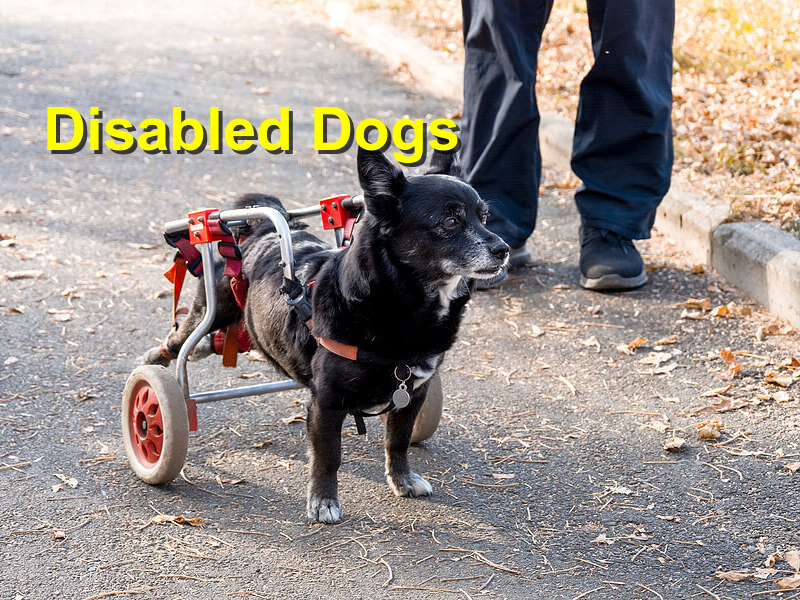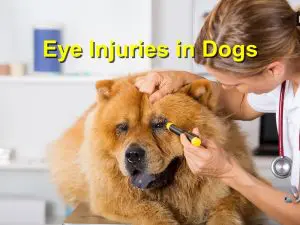How To Enhance Quality Of Life For Disabled Dogs
To receive the purest love, compassion and love – a dog never disappoints. Dogs have a pure heart and don’t care if you’re poor or rich. Even if you have a bad day, they will still love you unconditionally. That unconditional love is inspirational to say the least and inspires us to take care of our dogs.
It’s important to take proper care of them when they need assistance the most. But it’s easier for most people to show kindness and love if everything is fine. However, adversity always helps you identify who your true friends are. Since dogs have an unconditional love for their caregivers, we should treat them with care and love, too.
That said, here are simply ways on how you can enhance the quality of life for your dog if it has mobility or disability problems.
Try to keep them busy and active
The biggest mistake most people make when caring for their disabled dog is cutting down the frequency of exercise and physical activity. While it might make sense to do this, it’s better to keep your dog active.
Exercise plays an essential role for your dogs as it helps them to burn off pent up energy, which keeps them both mentally and physically fit.
Therefore, instead of avoiding physical activities altogether, approach this situation a bit smarter. Monitor your dog as it runs or walks around, ensuring they get good exercises without injuring themselves. And to ensure your pets are safe from injuries, you should learn how to administer emergency pet care.
Elevate their burden
Even as you try to keep your dog active, you should ease the stress on their body, legs, and back. Injury and age can affect your dog’s mobility and it might be difficult to play fetch or race around the compound. So, if your pet is old or has a disability, bending down to drink water can be extremely painful. That said, consider elevating your dog’s food dishes and water bowls.
On the other hand, if your dog is unable to use the stairs with ease, then you can build a dog ramp. That will help to enhance their mobility and allow them to remain active. With care, patience and the right equipment, you can help the injured or disable dog regain mobility.
Conclusion
If your dog is injured or disabled, you should visit the vet to get recommendations on how you can improve his quality of life. It’s advisable to keep your dog as comfortable as possible.
References:Pet Emergency Education, Handicapped Pets, Cuteness




